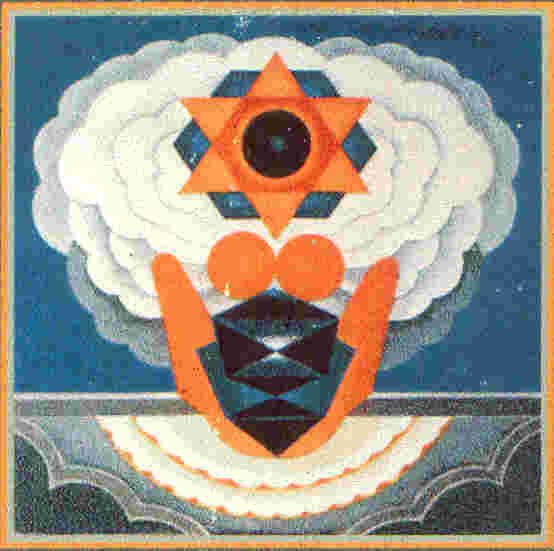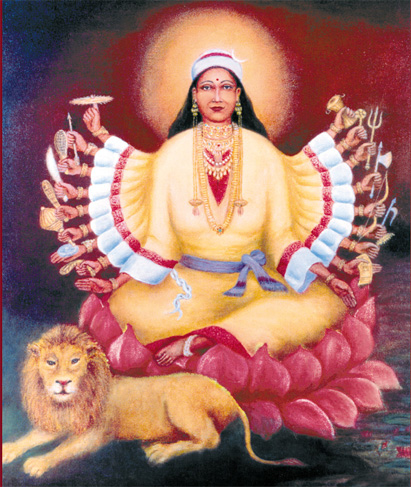|

|

|
|
Kashmiri Pandits' Association, Mumbai, India |

|
| | Home | January-March 2003 Issue | |
|
Children’s
Page Increase your Knowledge Series: Bizarre Coincidences Abraham Lincoln's life was inexplicably connected by an uncanny array of coincidences - some trivial, others tragic - to that of another assassinated US President, John F. Kennedy. When he was shot, President Kennedy was travelling in a Lincoln car, manufactured by Ford; President Lincoln was in the Ford Theatre when he was shot. Kennedy was advised not to go to Dallas by his secretary, who just happened to be called Evelyn Lincoln. Both presidents were shot in the back of the head, while travelling with their wives and after predicting their own deaths less than a day before. Kennedy had earlier told his wife that no one would be able to prevent it if someone wanted to kill him; Lincoln had earlier told one of his guards W.H.Crook that he was convinced there were people who wanted to kill him and no one would succeed in stopping them. Morbid pessimism, or dire prophecy? In any event, both were indeed assassinated: Kennedy by someone shooting from a warehouse who then ran into a theatre; Lincoln by someone shooting in a theatre who then ran into a storage barn. Both killers were themselves murdered too. A hundred years separated the election of the two future presidents to Congress (1846 and 1946 respectively) and also their election to the presidency (1860 and 1960). Not even their vice-presidents escaped this curious chain of coincidences, for both of them were Johnsons - Lincoln's was Andrew Johnson and Kennedy's was Lyndon Johnson. Lincoln and Kennedy were clearly linked by fate, but tragically, not by good fortune.
Noble Etiquettes: Why do we do 'Namaste' Indians greet each with Namaste. The two palms are placed together in front of the chest and the head bows whilst saying the word Namaste. This greeting is for all - people younger than us, of our own age, those older than us, friends and even strangers. There are five forms of formal traditional greeting enjoined in the Shastras of which Namaskaaram is one. This is understood as prostration but it actually refers to paying homage as we do today when we greet each other with a Namaste. Namaste could be just a casual or formal greeting, a cultural convention or an act of worship. However there is much more to it than meets the eye. In Sanskrit Namah + te = Namaste. It means - I bow to you - my greetings, salutations or prostration to you. Namaha can also be literally interpreted as "na ma" (not mine). It has a spiritual significance of negating or reducing one's ego in the presence of another. The real meeting between people is the meeting of their minds. When we greet another, we do so with Namaste, which means 'may our minds meet', indicated by the folded palms placed before the chest. The bowing down of the head is a gracious form of extending friendship in love and humility. The spiritual meaning is even
deeper. The life force, the divinity, the Self or the Lord in me is the same in
all. Recognising this oneness with the meeting of the palms, we salute with head
bowed, the divinity in the person we meet. That is why some times we close our
eyes as we do Namaste to a revered person or the Lord - as if to look within. From
Our Young Writers The great land of Kashmir has been blessed with many outstanding women, who have immortalized themselves by dint of their contribution to the history & culture of Kashmir. This short write-up introduces the readers to three great poetesses, who are enshrined in every Kashmiri heart and whose songs are sung & hummed by kashmiris with love and pride, even today. Lalla Ded Also known as Lalleshwari , Lal Ded is the best known & most popular among the mystic poets & poetesses of Kashmir. With her mystical songs, she galvanized a spiritual fervor in the 14th century, among the masses of the valley, who were being torn by communal and religious strife. Through her poems, she preached the monistic philosophy of Shaivism and her service to this unique philosophy is paramount. Lal Ded’s deep feeling for entire humanity and her past melancholic life, coalesced to produce one of the truly towering figures in Kashmiri poetry. She sings ;
She has aptly been called as the originator of Kashmiri romantic lyricism and hence known as the poetess queen of Kashmir. While she recited one of the finest love songs in the company of her husband, Habba Khatoon burst out with heart rendering themes, when the Mughal Emperor exiled her husband from Kashmir. Her sentimental passions of tenderness, devotion & love gave forth the compositions which form the very soul and core of Kashmiri poetry of 16th. century. She gave birth to the famous ‘ LOL ‘ lyrics of Kashmir, which contain unabounding measure of music & melody and attained overwhelming popularity among Kashmiri women folk. With a love prompted strain, she bursts forth :
Yet another poetess of no less fame, Arnimaal has made a grade for herself through her compositions, which have a note of romance and love in profusion and thus perpetuate themselves. Married to an outstanding scholar of Persian, Munshi Bhawani Das , who was as indifferent to her as were her in-laws, Arnimaal responded with greater intensity of love and devotion. Still, she was later forced to return to her parents, where she passed the rest of her life. Incensed with melancholic sentimentalism and dyspeptic with the tragedy of her own love, intense pathos gushed out in torrents from Arnimaal’s heart, which she very movingly and eloquently expressed in her lyrics. She wails :
|
|
|
JOIN US |
|
|




